Low sodium ramen noodles are an iconic staple due to the speed of preparation and delicious flavor. The majority of noodles have a downside: high sodium levels. Ingestion of too much sodium could result in a myriad of health problems such as the development of high blood pressure as well as heart conditions. If you want to indulge in your favorite food with out harming their health, sodium-free Ramen noodles provide the ideal option. This guide will take you through the options, recipes as well as tips for making the ramen you love healthier as well as tasty.
Table of Contents
Why Choose Low Sodium Ramen noodles?
Most instant ramen products have high sodium levels and some portions exceed the recommended daily consumption. The excess sodium could strain the kidneys and heart which is why it’s important to choose healthier options. Low sodium ramen noodles are the option of eating guilt-free while enjoying this delicious dish. They’re great for who are attempting to adhere to dietary restrictions, or looking to make better eating choices.
Additionally, you can be inventive with the ramen recipes you make which inspire flavor and health. Examples include dishes such as Taco Inspired Ramen mix traditional flavours with new twists. These dishes show that healthy versions of food are delicious and enjoyable.
Ingredients and Instructions for Homemade Low Sodium Ramen
Making Low sodium ramen noodles in your kitchen is simple and permits you to regulate the sodium content. By using fresh ingredients, and delicious alternatives, you can recreate the traditional taste of Ramen and significantly reduce sodium.
Ingredients Table
| Ingredient | Amount | Notes |
|---|---|---|
| Low sodium ramen noodles | 200g | Store-bought or homemade |
| Low sodium broth | 2 cups | Chicken, vegetable, or miso-based |
| Fresh vegetables | 1 cup | Spinach, mushrooms, or bok choy |
| Garlic | 1 clove | Minced |
| Ginger | 1 tsp | Grated |
| Green onions | 2 tbsp | Chopped |
| Sesame oil | 1 tsp | Adds a nutty flavor |
Step-by-Step Instructions
- Prepare the Broth
In the pot on medium temperature. Mix minced garlic with grated ginger. Saute for approximately one minute, until fragrant. Pour in the broth with low sodium ramen noodles and heat it up to a boil. - Cook the Low sodium ramen noodles
The noodles should be cooked in a separate pan in accordance with the instructions on the packaging. Rinse them and drain in cold water, to end the boiling process. - Add Vegetables
Mix the vegetables in the boiling broth. They should cook for about 3-5 minutes. Make sure they have the slight crunch. - Combine and Garnish
Put the noodles into one bowl. Pour the boiling broth and veggies over them. Garnish with sliced green onions.
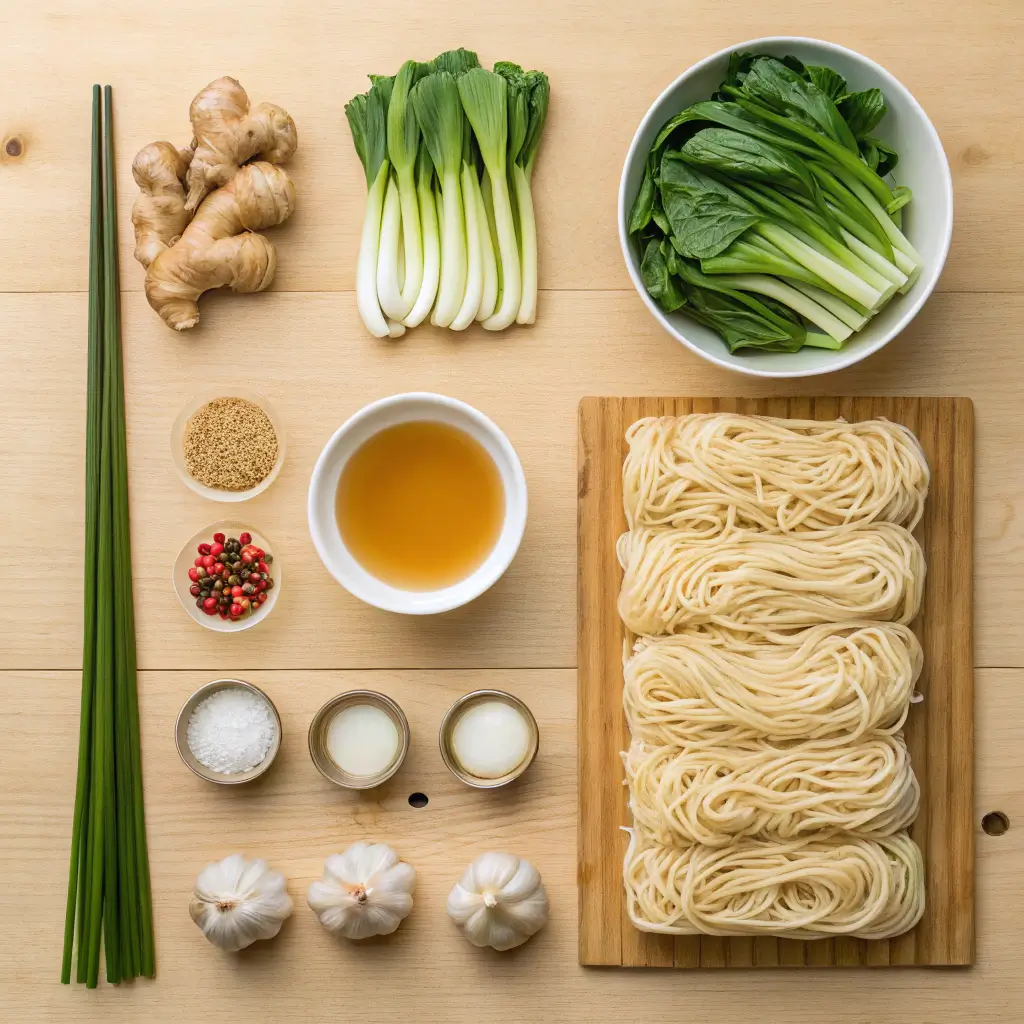
Best Store-Bought Low Sodium Ramen Noodles Options
If making the ramen yourself is great however, you can find great supermarket choices for fast and nutritious food items. There are many brands catering to people who want healthier food choices by offering low sodium ramen noodles offerings.
- Lotus Foods: It is known for its healthy and low sodium products This brand provides noodles made of rice as well as various other cereal grains.
- Koyo Ramen Koyo Ramen: These noodles are made from organic ingredients and have flavorful broth packets, which are lower in sodium than conventional instant ramen.
- Dr. McDougall’s Best Foods with plant-based and high sodium-free soups, the product is the best option for meals that are quick and easy to prepare.
If you’re up for a challenge Try creating your own ramen recipe? Recipes such as Ramen Lasagna illustrate how flexible the food can be giving new methods to enjoy this classic.
How to Boost Flavor Without Adding Sodium
Reducing sodium doesn’t mean sacrificing flavor. Here are some simple ways to boost the flavor of your ramen:
- Use Fresh Herbs
Fresh herbs such as basil, cilantro, and mint can add a touch of brightness and depth to the dish. - Test with Acidic Ingredients
A splash of lime or splash of rice vinegar may enhance the flavor of your food. - Add Umami-Rich Foods
Seaweed, mushrooms as well as miso paste are all rich in umami, and can provide richness without the need for salt. - Spices and Seasonings
Include spices like chili flakes or turmeric or paprika to give your dish a punch.
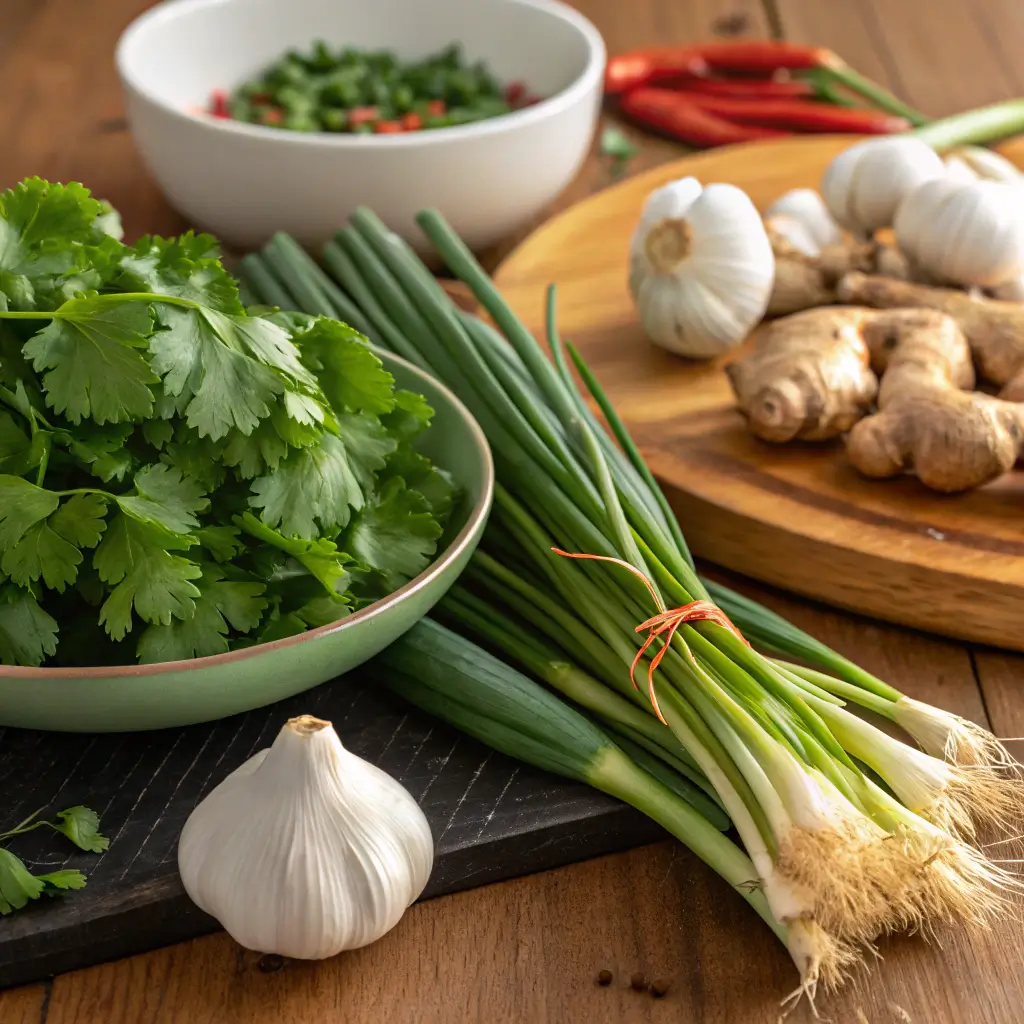
Common Misconceptions About Low Sodium Ramen
A lot of people think that ramen made with less sodium lacks the flavor but that is not the case. With freshly prepared ingredients, foods that are rich in umami as well as natural spices, it is possible to create a tasty food that is comparable to the traditional Ramen. Also, making low sodium ramen noodles options can reduce the feeling of gastric bloating, and improve well-being of your heart.
If you’re looking to keep a diet that is protein-rich you should think about exploring options like high-protein vegan breakfasts along with the ramen. The meals you eat with these complements can enhance your diet.
How to Customize Low Sodium Ramen Noodles for Every Taste
One of the most appealing features of low sodium ramen noodles is their flexibility. By making a few smart additions and tweaks, you are able to turn a basic bowl into an experience of gourmet quality while being conscious of your goals for health. If you like bold tastes and creamy textures or something softer These tips and suggestions will help you.
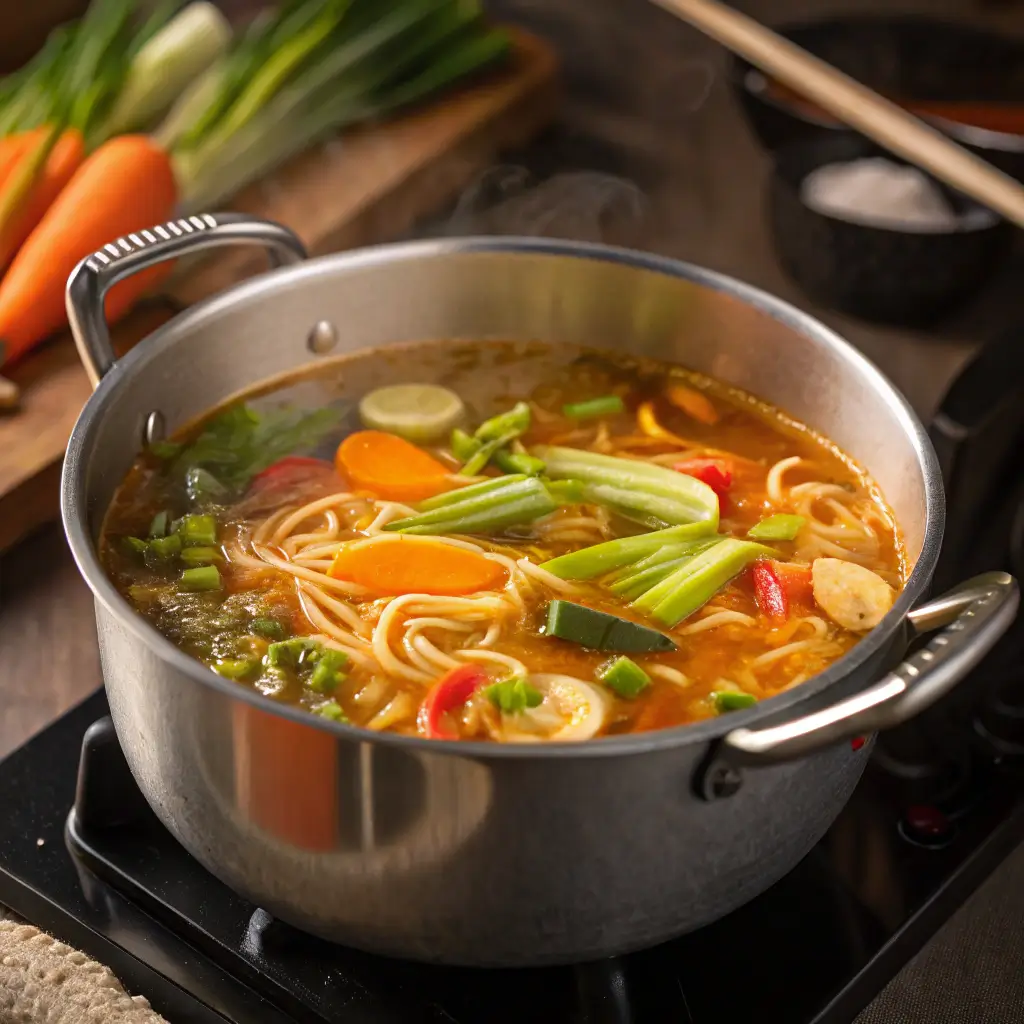
Creative Additions to Enhance Flavor
1. Strengthen your Boost by incorporating Protein
The addition of protein helps to fill your ramen with more however it increases the nutritional worth. Some of the most well-known options include:
- Grilled Chicken: The chicken strips that are marinated offer tasty and lean protein choice.
- Boiling Eggs A soft-boiled egg with a slight liquid yolk compliments the broth wonderfully.
- Tofu Tofu: For those who prefer eating plants Cubed tofu that has been pan-seared and cubed soaks up the flavors of the broth beautifully.
- Seafood Shrimp, scallops, and even crab meat are an elegant touch to the ramen bowl you serve.
2. Explore the possibilities of vegetables
Vegetables can add texture, color as well as additional nutrients to your Ramen. Think about these options:
- Leafy Greens: Spinach, Kale or bok choy provide an element of freshness that works nicely with broth.
- Crunchy Ingredients: Shredded carrots beans sprouts, or cut bell peppers add a pleasant crunch.
- Seasonal vegetables Use seasonal fruits and vegetables to give you a variety of options, such as roasting squash in autumn or asparagus in spring.
3. Layer Flavors with Flavors
Be bold and don’t be afraid to try new flavor combinations to improve the overall taste of your ramen
- Pickled vegetables A pickled radish, or kimchi provides tanginess and flavor.
- Spices Add a dash of chili flakes, or even smoked spice paprika may increase the heat.
- Herbs and aromatics The fresh aroma of cilantro Thai Basil, and grated ginger are a delicious finish.
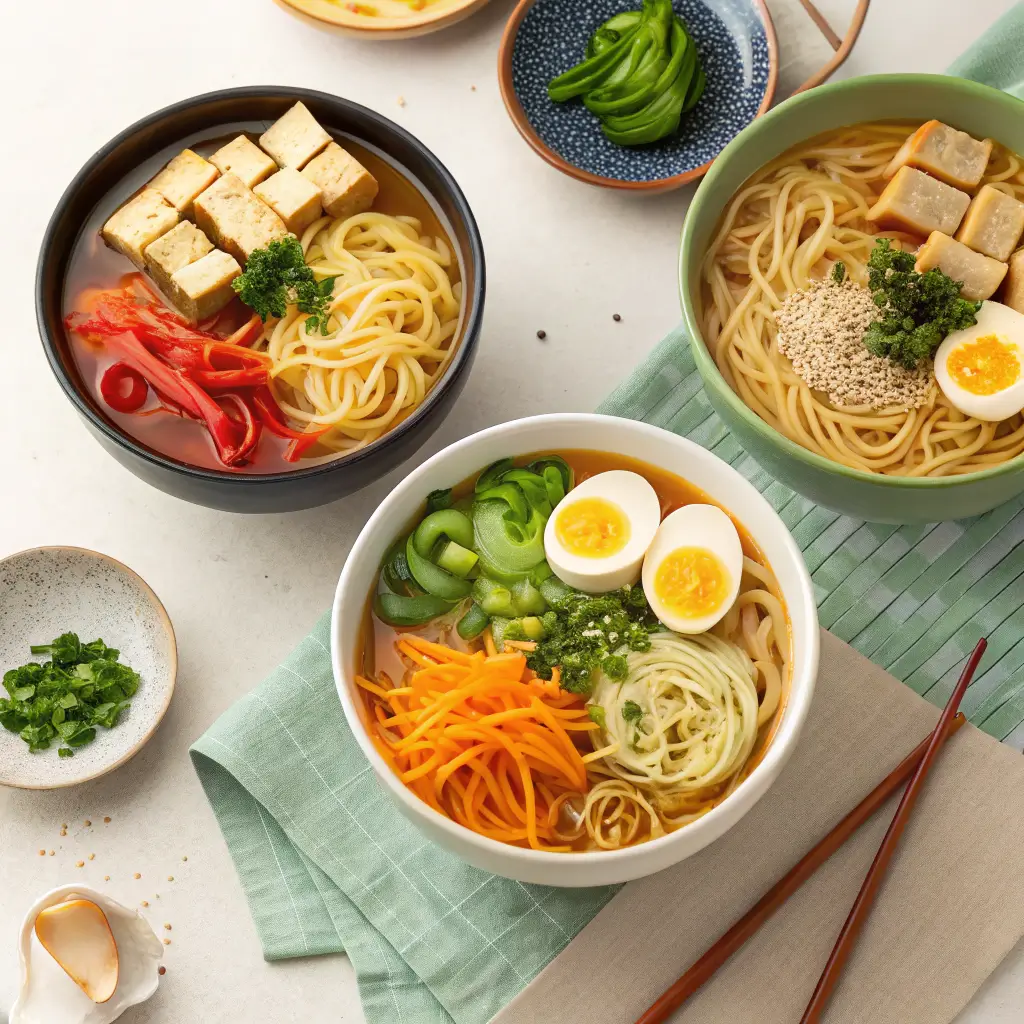
Pro Tips and Variations for Low Sodium Ramen
Making a bowl of low sodium ramen noodles that is as good as restaurant quality is easier than you believe. Through a handful of easy techniques as well as creative ways to make it, you can take the quality of your homemade ramen to the next level.
Pro Tips for Success
1. Get started by preparing Quality Broth
The basis of any good Ramen is the broth. Low sodium ramen noodles:
- Create Your Custom Broth simmer bones, veggies, as well as aromatics to create a tasty and low sodium broth.
- Enhance the taste of store-bought Broth Add in garlic, ginger, or dried mushrooms for a boost in the flavor, without salt.
2. Use Umami-Rich Ingredients
Umami is the essence of savory which gives ramen its flavor. It can be achieved without salt by adding:
- miso Paste: One tablespoon of miso gives a rich flavor, with a savory taste.
- Seaweed dried seaweed, like nori or kombu adds flavor to the soup naturally.
- Mushrooms Cremini or Shiitake mushrooms are rich in umami and earthy flavor.
3. Blend Flavors and Acidity to Balance Flavors
Acidic components brighten up dishes and add to the flavor of the broth. Try:
- Citrus Zest: The addition of lemon zest or lime will elevate the dish.
- Rice Vinegar A small amount of rice vinegar gives it tang and helps balance the sweet notes.
Fun Variations to Try
1. Spicy Miso Ramen
Make low sodium ramen noodles miso broth and chili oil or Sriracha to create a spicy, bold flavor. Serve with eggs that have been softboiled or spinach, as well as sesame seeds to create a balanced recipe.
2. Creamy Coconut Ramen
A unique way to spice it up is to make low sodium ramen noodles broth using coconut milk. This recipe is delicious with mushrooms, shrimp, and lime to create an authentic Thai recipe.
3. Vegan Ramen Delight
Utilizing plant-based broths as well as protein-rich tofu, you can create a vegan Ramen bowl that’s just as delicious like the traditional version. You can add kale, roast sweet potatoes as well as miso paste to add additional flavour.
4. Mediterranean Ramen
To create a unique flavor this recipe, add olives, cherry tomatoes as well as Feta cheese. This unusual combination is surprisingly effectively, and offers an exciting change from the conventional tastes.
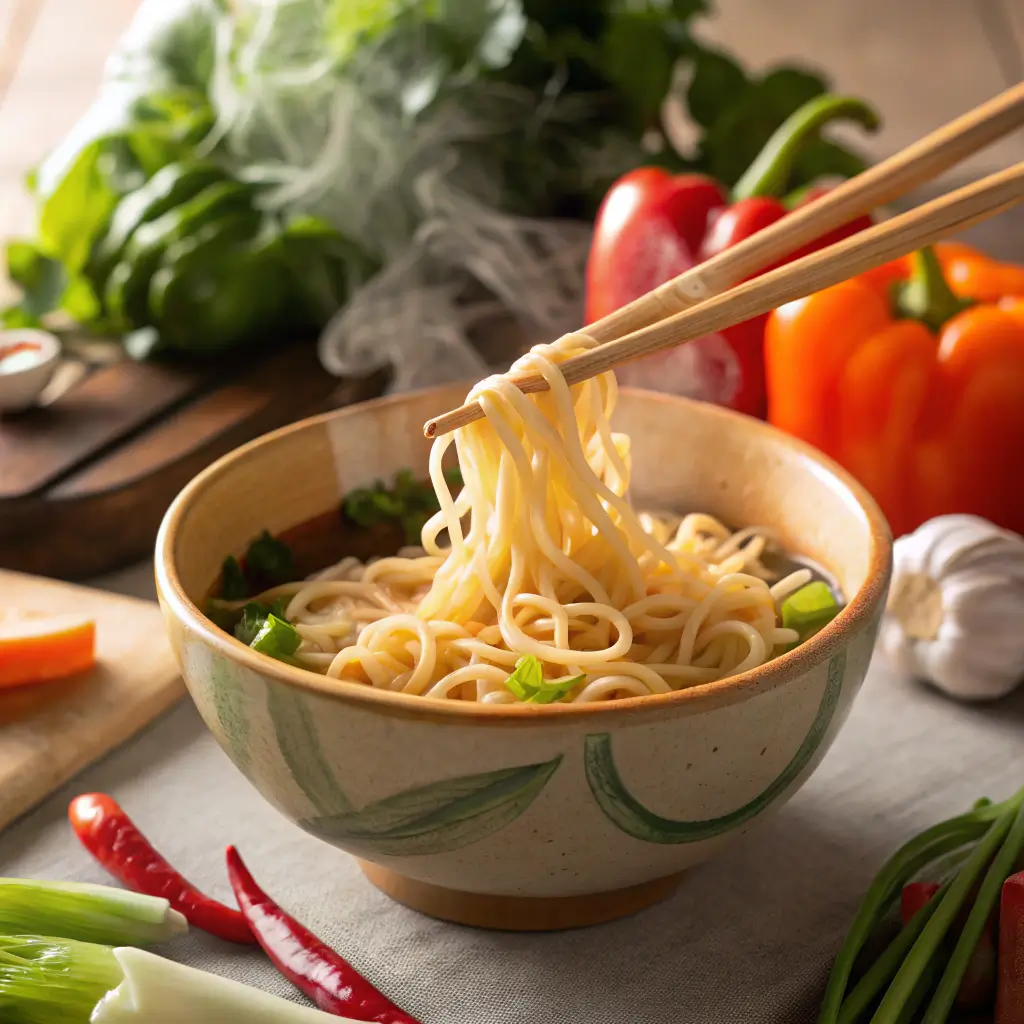
FAQs About Low Sodium Ramen Noodles
Which Ramen Noodles Have Less Sodium?
Low sodium ramen noodles are available in abundance, and there are many brands catering to the health conscious consumer. Find Lotus Foods, Koyo Ramen and the Dr. McDougall’s Right Foods, which offer items with a significantly lower sodium levels. Be sure to read the nutrition label to make sure the sodium content correspond to your needs for a healthy diet.
What Is the Healthiest Ramen Noodle?
The most nutritious low sodium ramen noodles are ones made of whole grains or alternatives to flours like Buckwheat (soba noodles) or rice. These aren’t as refined which means they are rich in nutritional value and fiber. For maximum advantages for health, combine these with fresh veggies and healthy proteins.
How Can You Reduce Sodium in Ramen?
Reduce sodium content in ramen straightforward with only a few modifications:
- Make use of Homemade Broth: This lets you manage the amount of salt in your broth.
- Dilute store-bought Broth add either water or vegetable stock that is not salted to decrease sodium.
- Replace seasoning packets Utilize spices, herbs, as well as low sodium ramen noodles soy sauce instead of the pre-packaged seasonings.
Why Is Ramen So High in Sodium?
Traditional instant ramen requires sodium to improve the flavor and keep the packets of seasoning. Making the switch to sodium-free options or making your own broth will drastically reduce sodium levels, but still maintain the taste.
low sodium ramen noodles that are instantaneously cooked Healthful with modifications?
Instant ramen may be healthier through:
- Recycle the packet of seasoning.
- Add nutrient-rich toppings such as eggs and spinach.
- Use low sodium broth in place of the base.
What Are Good Alternatives to Ramen for a Low Sodium Diet?
Zucchini noodles pasta, quinoa, or soba noodles are excellent alternative options that are low in sodium. These choices are excellent with sauces and broths as well as giving you a wide the option of variety.
How Do Homemade Noodles Compare Nutritionally?
These noodles can be made in your home and allow you to choose the ingredients. They can be made gluten-free, low sodium ramen noodles or whole grain based upon your preferences for diet.
Conclusion
Low sodium ramen noodles will allow you to have a healthier option of the classic dish without losing taste or the variety. With fresh, healthy ingredients, trying out different toppings and exploring new and innovative recipes, you can create a dish that is both healthy and delicious. No matter if you like a traditional method or a more innovative recipe low-sodium ramen shows that comfort food is a viable an integral part of a healthy eating plan. Find new ways of cooking the dishnd enjoy ramen for your next culinary adventure.
